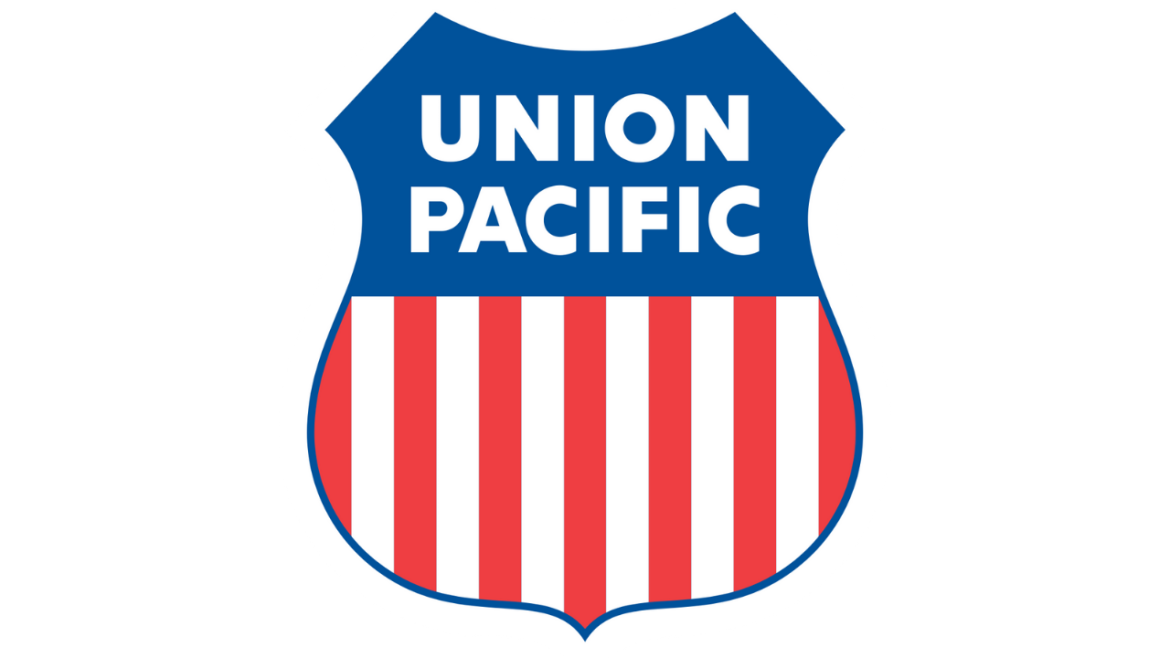
Intermodal facility in Dupo, Illinois, provides example of the optionality shippers need
An unprecedented disruption in the global supply chain due to the COVID-19 pandemic is still having a major impact on many U.S. industries. Freight rail has had to adapt daily over the last two years to keep goods moving, and Union Pacific Railroad is taking its lessons learned, investing in adding more capacity and committing to moving more intermodal freight. That commitment includes investing $600 million of capital in 2022 alone as the company works to add more than one million lifts to the intermodal franchise and ramps up hiring so resources match demand. The various ways that Union Pacific continues to adapt and invest to keep freight moving were the focus of one of the panel discussions during FreightWeekSTL 2022.
“Throughout the supply chain crisis, Union Pacific has been working to make sure that we’re agile with our resources,” said Elise Gosch, assistant vice president Marketing and Sales – Premium Intermodal at Union Pacific. “Every new day brings a new challenge, but we believe rail is the safest, most efficient way to move freight across our United States.”
For 160 years, the company has played a vital role in freight movement across the United States, and today operates more than 32,000 miles of track in 23 western states.
According to Gosch, last year at the height of the intermodal congestion at the ports of Los Angeles and Long Beach, the largest U.S. port complex, Union Pacific moved to 24/7 operations and opened up two additional ramps that had been previously shuttered to make sure it was operating at full capacity in Chicago and Houston. She said Union Pacific also inserted well cars into its network to make sure it could handle the additional amount of freight.
For the supply chain to move fluidly, all pieces need to work together. Union Pacific is investing heavily in technology to enhance its advance planning capabilities and the customer experience. At the port complex of LA/Long Beach, Port Optimizer technology is tracking data that would not previously have even been available. Union Pacific receives advance notice of what is hitting the ships that will then be transported by rail, allowing its Operating team to make sure it has well cars ready to handle the incoming cargo. Technology also comes into play at Union Pacific’s intermodal ramps.
“Drivers are one of the most important individuals in our supply chain,” Gosch said. “With the ongoing driver shortage, it is so important that they get in and out of our ramps as fast and as efficiently as possible.”
Union Pacific operates 31 different intermodal ramps nationwide. Union Pacific’s intermodal yard in Dupo, Illinois, just east of St. Louis, Missouri, has international and domestic freight. Gosch said optionality is key, and Dupo is well positioned in that it can take both types of services. Location should also be a significant driver of future growth at the Dupo Intermodal Yard and within the surrounding community, which has available land for future development.
“The Dupo location will only become more attractive given other infrastructure investments being made that will enable truck traffic to avoid going to the downtown area and have more of a direct route into the facility,” said Mary Lamie, Executive Vice President of Multimodal Enterprises for Bi-State Development, which includes the St. Louis Regional Freightway as one of its enterprises. “There are also opportunities for closing some of the crossings, which helps with safety.”
According to Gosch, the most significant infrastructure project underway that will impact the Dupo Intermodal Yard is the reconstruction of the Merchants Bridge. “That’s just a great example of public-private investment working together to improve fluidity and safety, and just one example in the St. Louis area where investment will add value,” Gosch said.
Lamie moderated the discussion with Gosch during the third day of FreightWeekSTL 2022, which continues online through May 27 and will feature other panel sessions with industry experts and leaders in freight, logistics and transportation. The week-long event is presented by the St. Louis Regional Freightway and Bi-State Development in conjunction with The Waterways Journal. To learn more and register for the remaining sessions or view past sessions for FreightWeekSTL 2022, visit www.freightweekstl.com.


